Velor: features, types and applications
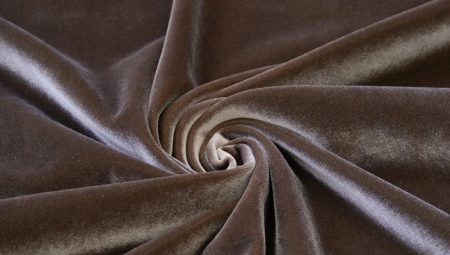
Velor is a beautiful and high-quality material with a pile. A variety of raw materials are used for its manufacture. A wide variety of products are created from this fabric. Quite often you can see attractive velor garments, surfaces of car interiors and upholstered furniture made from it. The material is in demand and popular, as it has a beautiful, sophisticated appearance. It is practical and convenient, easy to operate.
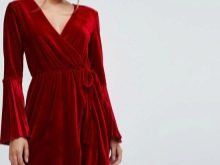
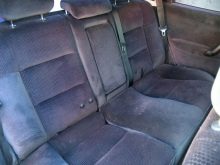
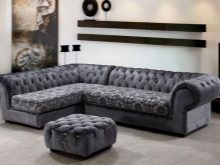
What it is?
The description of the material is quite simple. It is a pile fabric that has won many hearts of housewives, athletes, furniture manufacturers and theatrical costumes. The exterior is aristocratic and luxurious. Velor is able to make the product more interesting and graceful, looks beautiful and unusual.
Natural fibers are most often used for such fabric: wool, cotton, silk and others.
Velor is made using modern technologies that create an amazing appearance and decent characteristics and properties. Previously, such material was worn only by members of the royal family and very rich people, but now it is available to anyone.
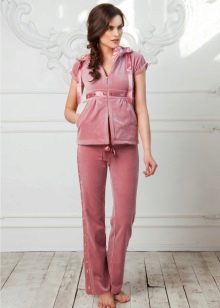
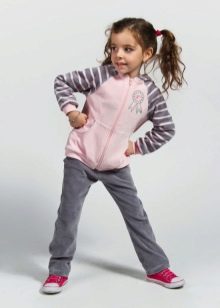
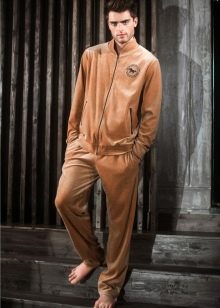
How is fabric made?
The fabric can consist of a variety of materials, but most often for its manufacture, as mentioned earlier, natural silk, woolen or cotton fibers are used. There is also an artificial velor, which includes lycra and polyester.
There are several ways to craft the material.
- The two-canvas version is rather complicated, since it consists of 3 systems, which consist of 5 threads.Four of them are grouped in pairs into several bases. The remainder is the retainer that connects them. As a result, the canvases are cut into two parts and a fabric is obtained, one side of which is soft and fleecy, and the other is smooth.
- With the rod method, additional fibers are tied into the base, which are pulled out with the help of superimposed rods. Loops are obtained. Further, the rods are removed from the material, and the loops are cut. It turns out a soft pile.

Varieties
There are many categories of velor. Each of them differs in its qualities and characteristics.
Classification by appearance.
- The surface of the smooth velor is uniform and the pile is vertical. It is often called marble.
- On the other hand, a shaped one has a heterogeneous surface. Somewhere the pile is located vertically, somewhere it is smoothed.
- If the pile is laid in the form of some kind of ornament or pattern, it means that the velor is embossed.
- If the material is monochromatic and has a decent drapery, as well as a bizarre play of chiaroscuro, then this is plain-colored velor.
- On the printed form, you can see colorful patterns that are applied to the material.
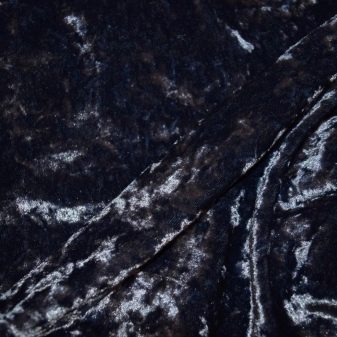


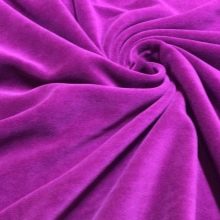

Classification according to the composition of the fabric.
- Cotton (stretch). The material is natural, cotton fiber is used for its manufacture. Sometimes a little artificial thread is present to improve the properties of the item. Quite often, a similar option is found in knitwear.
Cotton helps create a soft, dense fabric that is breathable.
- Woolen. The best example is felt material. Performed using pure wool or a blend. For manufacturing, woolen yarn is used, the pile of which is thick and low. It will not be combed out with a comb, so it will be able to remain lush for a long time.
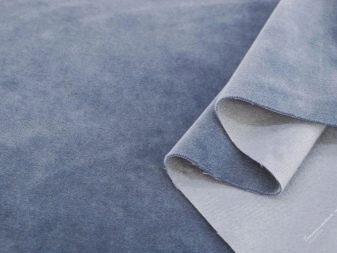
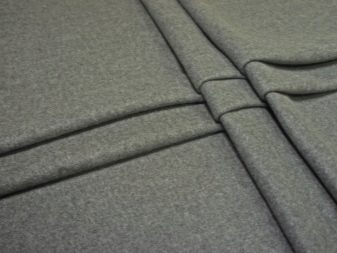
- Draped. To obtain this look, merino wool is used. The material turns out to be thin and as strong as possible, has a high quality and a decent cost. The fibers are woven in a satin fashion.
- Furniture. It has good characteristics and is the best material for upholstery. Vandal-proof fabric that can protect furniture from pets.

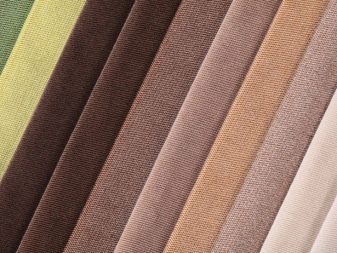
- Automotive. To make the upholstery material as durable as possible, manufacturers impregnate it with a special agent. A good option for car interiors and seats.
- Jacquard. Has an unusual jacquard pattern. Pile of medium length.
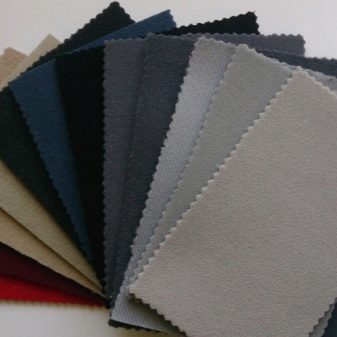
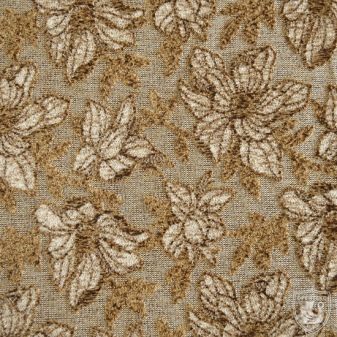
Advantages and disadvantages
Classic velor can rarely be used in the production of wardrobe items. It has attractive colors, allows you to combine and match colors, which helps to create unusual and creative products for various interior designs. The fabric is incredibly pleasant to the touch due to the soft nap, somewhat similar to velvet. It practically does not get dirty, but if this happened, and the pollution is extremely strong, it can be cleaned without any problems.
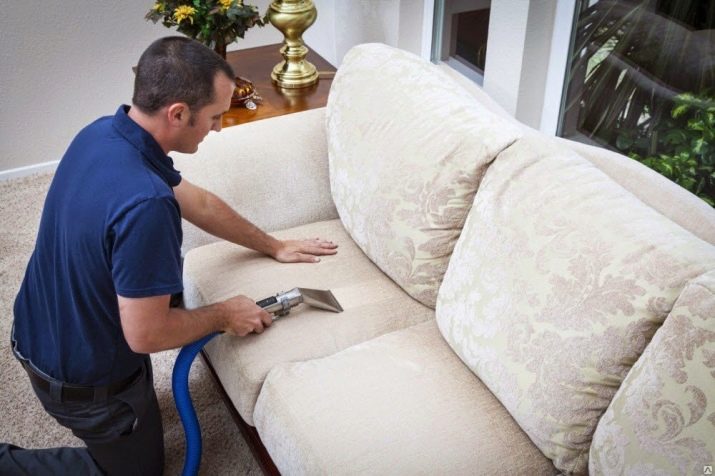
A few more positive qualities:
- the material does not need to be ironed, as it will not wrinkle;
- extremely soft, pleasant, great option for children;
- able to keep warm;
- extremely durable, will last a long time;
- it is easy to look after him.
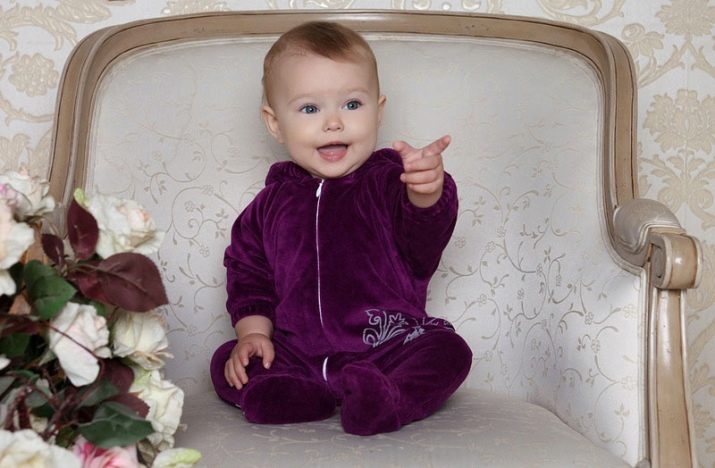
But there are also negative characteristics. The material must be periodically cleaned, as it can collect debris, and the velor pile breaks in different directions. You should study the nuances of caring for such a fabric so as not to encounter problems and to increase the service life of the product.
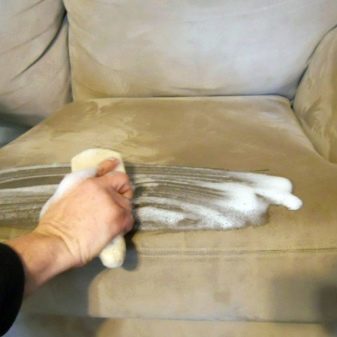

Comparison with other materials
Quite often, uninformed people can confuse velor with a variety of materials similar to it. To prevent this from happening, you should be aware of the features of each of them.
- To make velvet, manufacturers use the most complex weaving technology and only natural silk, woolen and cotton fibers. The canvases have a short nap, which must be cleaned quite often.Velvet is able to quickly stretch and wipe off, which cannot be said about velor, which has a denser and higher pile, as well as a softer base.
Wearing velor items is much more comfortable than velvet items.
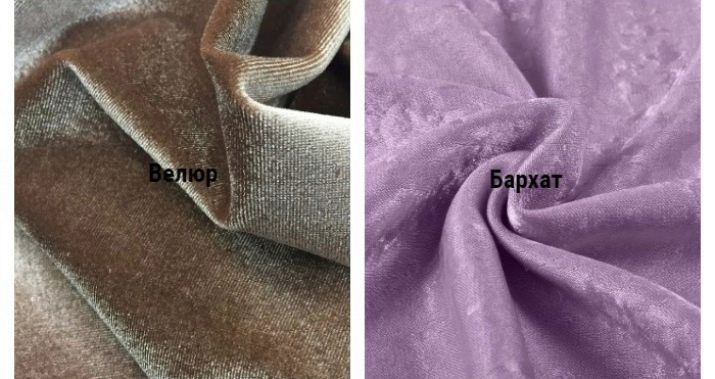
- People often confuse velor and suede because of the similarities in velvety, composition and surfaces. But there are some nuances. They differ in leather type, tanning method and pile height. To make suede, manufacturers use expensive deer or elk skins, and then process the material with fat tanning. The result is a thin and soft fabric that is durable. Suede is not afraid of water and dirt. Velor is made from pork, sheep and goat skins, which are not of such high quality. They are processed with chrome tanning, and then the front side is sanded to obtain a fluffy pile. Finished velor has folded edges, suede has trimmed edges.

- Micro-velor is one of the variants of velor, but it has a striking difference: the shortest possible pile, while velor has a fluffy one. Micro velor is more durable, more resistant to deformation, will not wear out, does not cause allergic reactions, since it does not retain dust and debris.
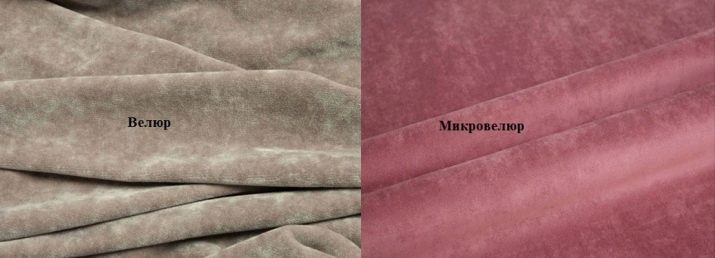
- Flock is highly resistant to mechanical damage. It is quite difficult to tear the material or make a hold on it. On a flock, spools are almost never seen. It is easy to look after him. But unlike velor, it absorbs various odors very well (including cigarette smoke).

- Eco-leather is an extremely durable material that can last longer than velor, as it is natural, without any impurities. It is quite beautiful and durable, you can get rid of dirt using wet cleaning. It has a fairly high cost and can crack after a while.

- Velsoft has soft and fluffy fibers, so it looks a lot like velor. But there are differences. The fabrics of the material are more delicate and silky than their counterparts. With the help of products made from this material, you can create a cozy and warm atmosphere. Objects are most often light, almost weightless. Velsoft is strong and durable, will not stretch and shrink.

- The matting is reliable and simple. You can find double and triple, so the texture of the material is unusual. Unlike velor, the surface of the mat has various bulges. It is fuzzy and durable. It's pretty easy to look after her. This can be done with a roller or vacuum cleaner.
If wet cleaning is necessary, sponges are used, which are moistened in soapy water and damp rags.
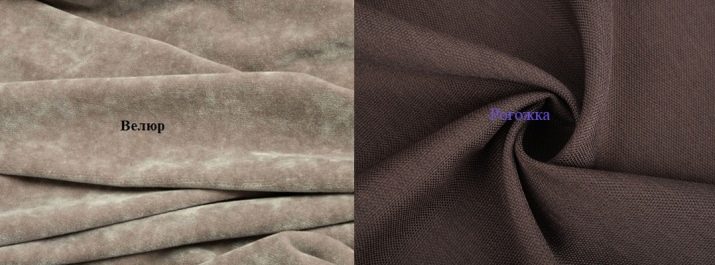
- Split leather is a semi-finished product of genuine leather. For its manufacture, skins of cattle and any other animals are taken. They are divided into several layers, each of which has its own properties. The main difference between the material and velor is its high density.
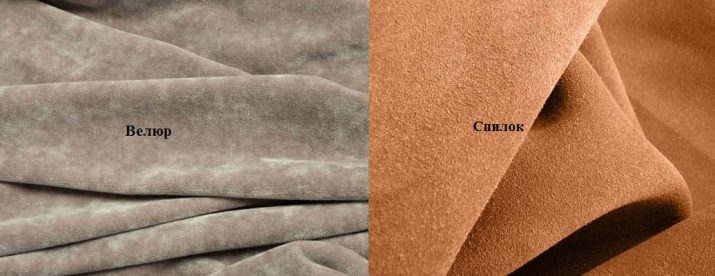
- Chenille is a durable and dense material that is very similar to velor. It can be made from natural and synthetic fibers. Quite often you can see the varieties of fabric created by combining artificial and natural threads. They are pleasant and soft, do not absorb odors and dust. But unlike velor, this material can easily scratch a pet.
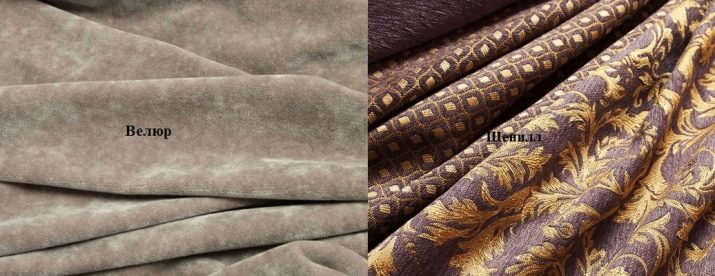
Application
Most often, velor is used to sew various clothes. Manufacturers make both children's wardrobe items and adults from the material. Sometimes a velor dress or an attractive blouse can be seen. There are velor suits, coats, fancy jackets and sweatshirts. Many people use bathrobes and home sets made from this material. Velor is very soft and pleasant, so some people buy velor overalls and sweaters for children. Another option for using canvases is sewing graceful hats and berets.
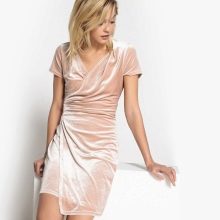
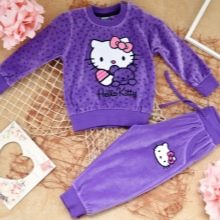
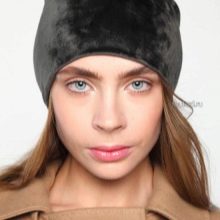
Sometimes you can find bedding sets that are made of jacquard velor. They are incredibly comfortable, soft and beautiful, and are practical. Some manufacturers use velor as a lining material for their jackets.
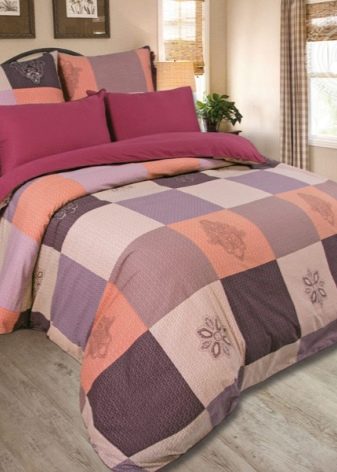
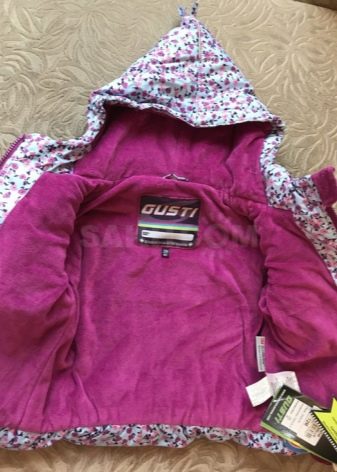
Velor is very popular as a decorative element.
- Window curtains, draperies, stage curtains can be made from it. It is an ideal curtain fabric.
- There is upholstered furniture upholstered in velor. She looks graceful and aesthetically pleasing, cozy and warm.
- Home textiles are also not without this unique material. You can see the amazing beauty of velor bedspreads, cushions and cushions. They are able to create a home atmosphere and make the room more stylish.
- The implementation of design ideas with the help of material is not uncommon. Many people use it to create screens, niches and caissons in designs. It turns out unusual and beautiful.
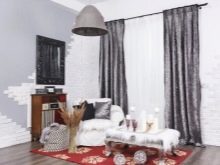
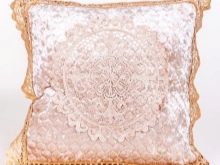
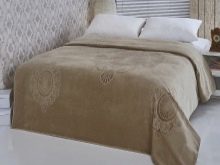
Also velor is in demand as a material for car covers. Such products look quite beautiful and have an affordable cost.
The motorist feels comfortable, comfortable and cozy.
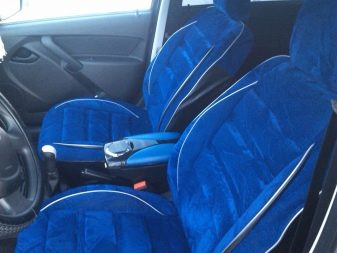
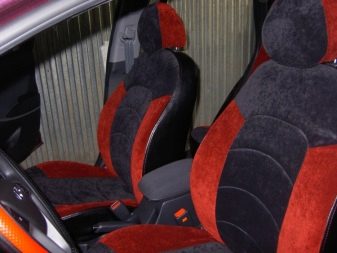
How to care?
The material is strong enough and as durable as possible, but nevertheless it is quite delicate, therefore it requires good care. In order for velor to last a long time and not lose its aesthetic appearance, some nuances should be studied before caring for it.
- If you need to wash the product, you should do it at a temperature of 30 degrees.
- Do not twist the material, this can spoil its external qualities.
- It is better to use mild detergents.
- You shouldn't use bleach.
- It is not necessary to iron the material as it will not wrinkle.
- Some types cannot tolerate washing. They need to be brushed out with a soft brush.
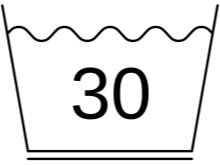
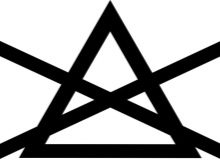
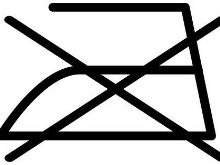
Reviews
To find out if it is worth purchasing velor products, you need to study reviews on the Internet. Many users who own their own car report that velor is ideal for car covers. The seats look extremely aesthetically pleasing. It also allows you to purchase a quality item, while saving money, since velor covers are not too expensive.
Judging by the numerous reviews, many people's homes have a variety of products made from this material. Some are in love with upholstered furniture, while others appreciate velor bedspreads and curtains. Almost every user says that the qualities and characteristics of this fabric suited them, and they do not intend to replace products made from it for a long time.
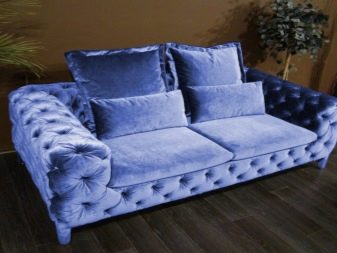
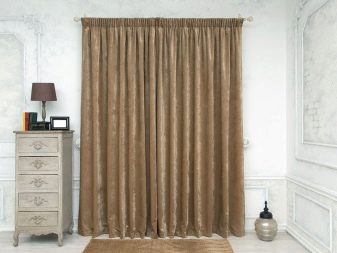
There is a price range for velor, which depends on the quality of the material. There are more economical velor options, and there are also more expensive ones. Those who have purchased the products are pleased with the different types of fabrics. The material is really durable, it looks stylish. A good option for those who like decent things. If velor is used as a decorative element, a cozy and homely environment is guaranteed.
For information on how to make a bed upholstered in velor, see the next video.








